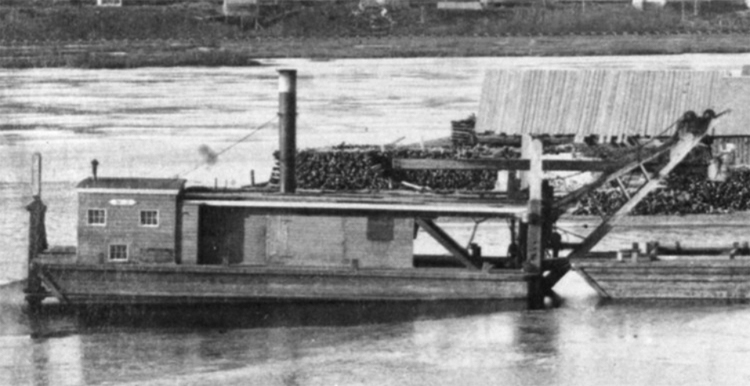September 5, 1870: The dredging tug Ishpeming starts carving a canal
On this day in Duluth in 1870, the dredging tug Ishpeming, owned by W. W. Williams & Co. and piloted by Major John Upham, bit into Minnesota Point along a dirt roadway platted as Portage Street. The undeveloped street followed the same path local Ojibwe called Onigamiinsing or “Little Portage”—the very trail thought to have been used by Duluth namesake Daniel Greysolon Sieur du Lhut in 1679. The Ishpeming dug that autumn until the sand and gravel froze, then stopped until April 24, 1871, finishing its initial cut on Saturday, April 29. Overnight, water flowing through the canal helped further clear the swath created by the dredge, and on Sunday, April 30, it was wide enough and deep enough for a small tug to navigate. Financed by a $50,000 bond from Jay Cooke’s Lake Superior & Mississippi Railroad, the canal project was instigated by pioneers including J. B. Culver, J. D. Ray, and Roger Munger. In the late 1890s Munger, who had hired the Ishpeming on behalf of the city, helped proliferate Duluth’s most famous legend that he and “a gang of several hundred men” dug the canal by hand in two days to outrace an injunction brought by the city of Superior. Read about the events leading up to the creation of the canal here, and about all the legends surrounding its digging here.

The Ishpeming, which cut the Duluth ship canal in the fall of 1870 and spring of 1871. (image: Lake Superior Maritime Collection)









